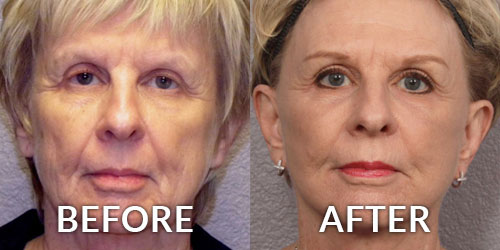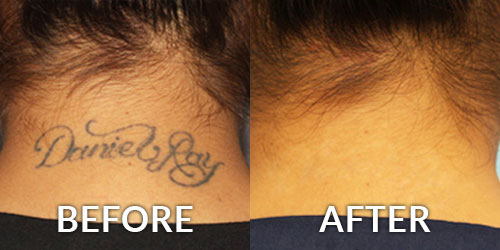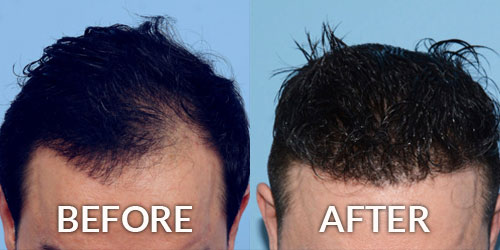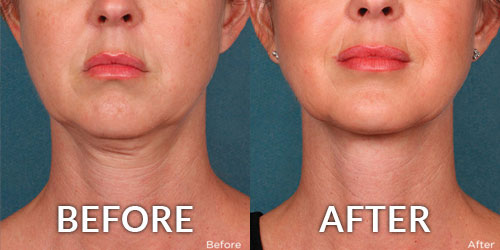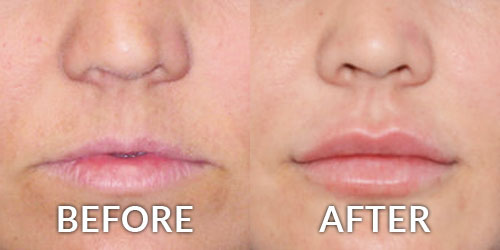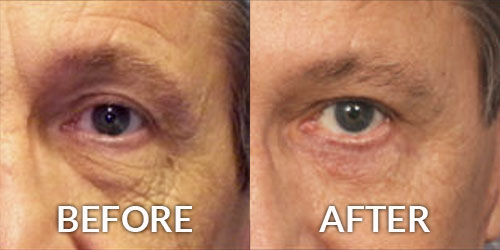Scars are nature’s way of restoring wounded skin, but their appearance can be an eyesore on otherwise beautiful skin. They can occur at different depths, tones, sizes and profiles and can be recessed, raised, or occur right on the surface level of the skin.
Fortunately, there are several types of scar treatment options, which will be explored below.
Types of Scars
Contracture Scars – these scars typically happen as a result of first and second-degree burns. Atrophic Scar – if you’ve ever had chicken pox, then you may well be aware of a hollow-like appearance in the scar. Other types of injuries causing atrophic scarring are acne and infections of the skin.
Hypertrophic Scar – these scars feature a prominent lump that is red and puffy. It is the result of collagen working overtime to heal injuries.
Keloid Scars – most keloid scars are dark and raised. Such scars can be found all over the body and can be caused by acne or a deep cut. Some individuals are more susceptible to keloids than others.
Types of Scar Treatments
There are several types of scar treatments including those that are topical. Creams that are purchased over-the-counter will help somewhat, but for deeper, raised or recessed scarring, patients will benefits from techniques such as:
Laser Skin Resurfacing – Laser Resurfacing smooths the skin by using a laser to refinish damaged areas, improve texture and shrink wrinkles. It also corrects areas of uneven pigmentation, resulting in a fresher, renewed complexion. Phoenix Skin offers the Active FX and Deep FX carbon dioxide (CO2) Laser. Each laser vaporizes superficial, damaged skin cells and reduces risk for the patient because it limits the amount of heat absorbed by the skin.
Chemical Peels – Chemical Peels target the superficial layer of the skin. Dead skin is sloughed off to reveal new, fresh growth. A chemical peel is most effective for superficial acne scars as the depth of the peel can be controlled. The procedure can be rescheduled every few weeks.
Laser Therapy – Laser Therapy is popularly used for raised scars like keloids. The process works by liquefying the collagen buildup then evening it out. This laser smooths the skin by heating up and redistributing collagen while avoiding contact with the epidermis via contact cooling. This is a simple definition to a complex technique – so speak to a specialist to learn more.
Dermal Fillers – Recessed scars can be raised with dermal fillers. The downside however is that the results are temporary. Dermal fillers are used to temporarily raise atrophic scars to the level of the surrounding skin.
Patients should note that even though scars can be minimized drastically, these cannot be completely erased. Speak to a doctor to learn more.


